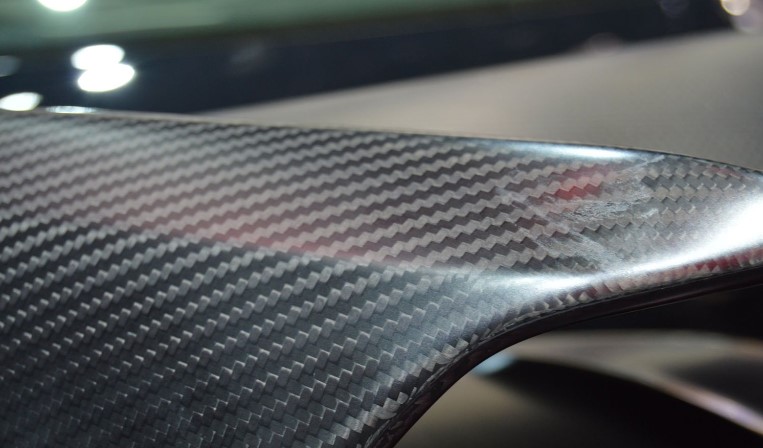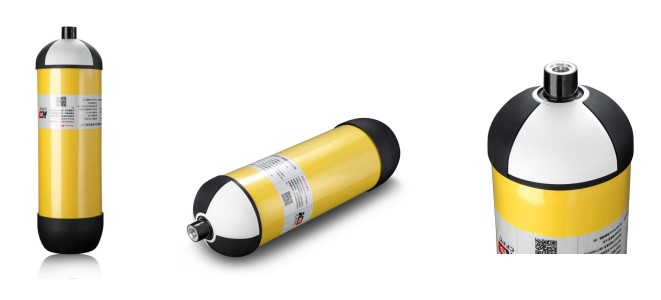In the domain of maritime safety, emergency inflatable systems have undergone remarkable advancements, significantly improving their reliability and efficiency. Central to these innovations are the cylinders, which are crucial for the swift deployment of life-saving equipment in critical maritime emergencies. These seemingly modest devices ensure that inflatable systems can be quickly and reliably deployed, making them indispensable in safeguarding lives at sea.
The Core of Rapid Deployment
In emergency scenarios, every second counts. The ability to deploy life-saving equipment rapidly is crucial, and cylinders provide the necessary force to inflate life rafts, life boats, and other inflatable devices instantly. The prompt activation of these systems is vital in rescue operations, offering immediate buoyancy and stability to those in distress. This rapid response capability is fundamental to the success of maritime rescue missions.
Compact and Efficient Design
A standout feature of modern cylinders used in emergency inflatables is their compact and efficient design. The integration of advanced materials, particularly carbon fiber, has revolutionized cylinder construction. These modern cylinders are lighter and smaller yet more powerful than their traditional counterparts. The use of carbon fiber has drastically improved the portability and performance of these cylinders, allowing them to be easily stored on vessels without taking up excessive space or adding significant weight.
Buoyancy at a Moment’s Notice
Buoyancy is the cornerstone of any emergency inflatable system. Cylinders filled with compressed air or other gases provide the essential pressure needed to inflate the chambers of life rafts and boats, transforming them into buoyant and stable vessels. This immediate availability of buoyancy is crucial in emergency situations, where time is of the essence. The ability to rapidly provide buoyancy can make the difference between life and death in maritime emergencies.
Carbon Fiber: Revolutionizing Cylinder Technology
The adoption of carbon fiber in the construction of cylinders marks a significant milestone in the evolution of emergency inflatable systems. Carbon fiber offers an ideal combination of strength and lightweight characteristics, making it a game-changer in this field. The use of carbon fiber not only enhances the performance of the cylinders but also increases their durability and resistance to harsh marine environments. These benefits make carbon fiber cylinders superior to traditional materials in terms of reliability and efficiency.
Innovation in Safety Features
Safety is paramount in the design and operation of maritime equipment. Cylinders used in emergency inflatables are engineered with innovative safety features to ensure their reliability even in the most challenging conditions. Advanced safety mechanisms, such as pressure release valves and fail-safe systems, are integrated into the cylinders to prevent malfunctions. Technologies like “pre-leakage against explosion” further mitigate risks, providing an additional layer of protection for users. These safety innovations ensure that cylinders operate flawlessly when needed most.
Versatile Applications in Maritime Safety
The versatility of cylinders extends beyond life rafts and boats. They are also used in a variety of other emergency inflatable systems, such as inflatable lifting bags for salvage operations and rapidly deployable floating barriers for oil spill containment. This adaptability highlights the essential role of cylinders in addressing a wide range of maritime challenges. Their application in diverse scenarios underscores their importance in the broader context of maritime safety.
The Future of Cylinder Technology in Maritime Safety
As technology continues to advance, the role of cylinders in emergency inflatable systems is poised to evolve further. Researchers and engineers are exploring new materials and smart technologies to enhance the functionality and reliability of these devices. Innovations such as integrated sensors for real-time monitoring and advanced inflation mechanisms are being developed to improve the responsiveness and capabilities of cylinders. These advancements will ensure that emergency inflatable systems remain at the forefront of maritime safety.
Conclusion: The Indispensable Cylinder
In conclusion, the cylinder stands as a crucial component in the realm of emergency inflatable systems, providing the essential buoyancy that can mean the difference between life and death at sea. The continuous pursuit of innovation and a steadfast commitment to safety have driven the evolution of cylinder technology, particularly with the integration of carbon fiber. These advancements ensure that cylinders will remain integral to maritime safety, offering confidence and reliability to sailors and rescue teams alike. As the technology progresses, the role of cylinders in emergency inflatable systems will continue to be vital, enhancing the effectiveness of rescue operations and saving lives at sea.
Post time: Jul-16-2024


